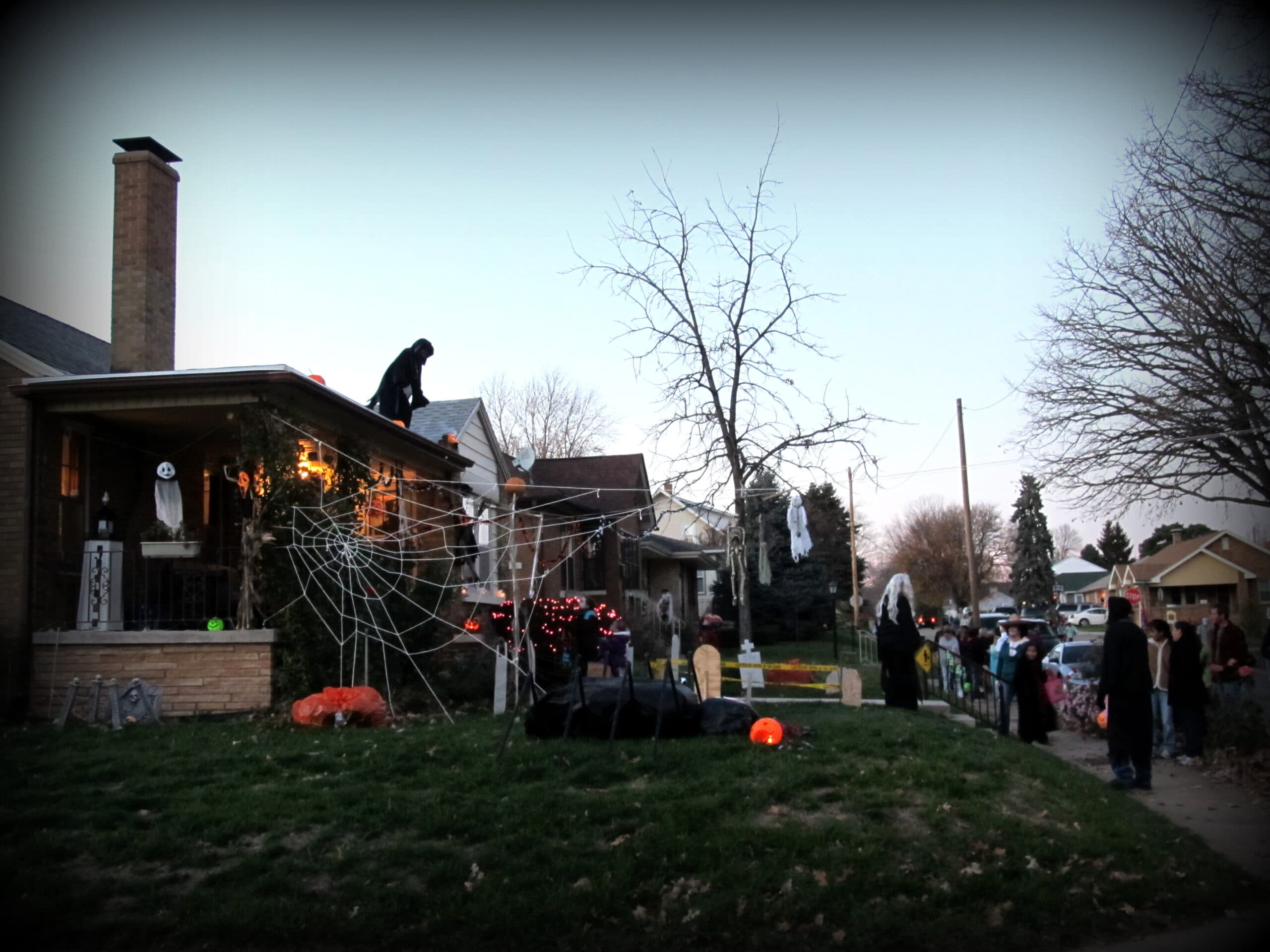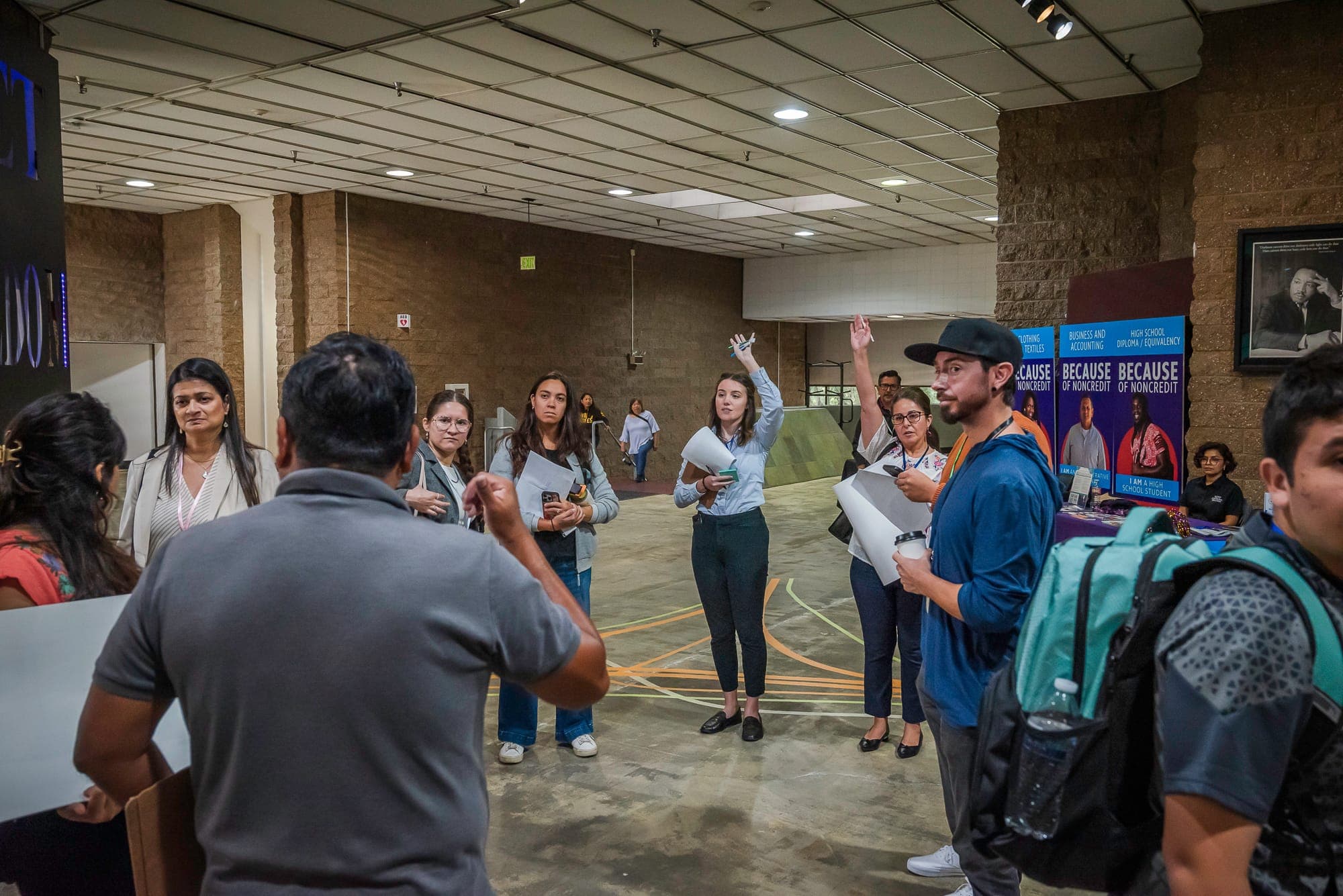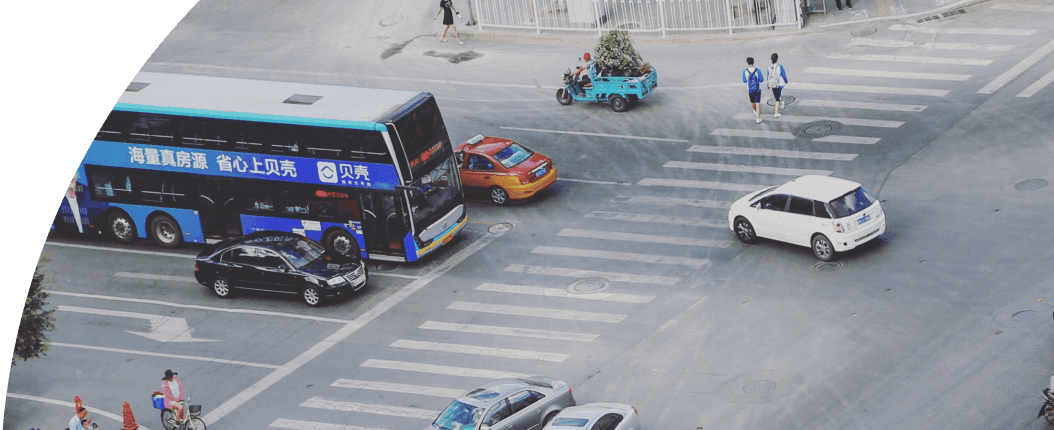
News
By Heidi Simon, October 27, 2025
As we prepare for Halloween, it’s important to remember that this holiday is one of the deadliest days of the year for people walking, with children dying twice the rate of any other day. That sobering fact underscores the need to build communities where people of all ages can walk safely not only on Halloween but the rest of the year as well.
While Halloween brings families and neighbors outside to enjoy their communities, it also highlights the risks people face simply by walking. Halloween is one of the most dangerous days for people walking and especially deadly for children. As the United States continues to experience a worsening roadway safety crisis, we need to move beyond surface-level solutions and focus on fixing the systems that make our streets dangerous in the first place. Unmasking the monsters is the first step in confronting our fears and we want to help highlight some things that are contributing to the increased risk as communities take steps to grapple with this devastating trend.
The increase in walking and biking this time of year—especially among families and children—shouldn’t be seen as a risk to manage, but as a reminder of the kind of vibrant, walkable communities we want to create. Everyone should be able to enjoy their neighborhood streets safely, whether they’re out trick-or-treating, walking to school, or heading to work. Communities can take advantage of this time of year to make the case for designing streets to improve physical health, social connection, and community engagement.
To do so, we need to address the core factors that make walking, biking, and rolling unsafe not only on Halloween but every day throughout the year. It’s not a coincidence that pedestrian safety month falls in October as the sun sets earlier. 76 percent of pedestrian fatalities take place in darkened conditions and visibility needs to be at the top of any to-do lists. This means making sure that pedestrian level lighting, visible and well-maintained crosswalks, and signalized intersections are frequent and accessible. Connected sidewalks and protected bike lanes provide separated spaces for people outside of vehicles and routes for those who are seeking treats or have mischief to tackle. Finally, this is an opportunity to evaluate speeds in communities, looking for ways to slow down vehicles and cue drivers that the surrounding environment is for more than just car throughput.
This is not a day to shy away from what scares us. While steps to keep kids safe like trunk-or-treat events and calls for reflectors on costumes are well-intentioned, the reality is that our streets aren’t designed for everyone’s safety. Halloween is a time to reflect on this frightening reality and offers an important reminder that we can—and must—build communities where walking and connection are safe and celebrated year-round.
Related News

© 2025 Smart Growth America. All rights reserved
Site By3Lane Marketing












